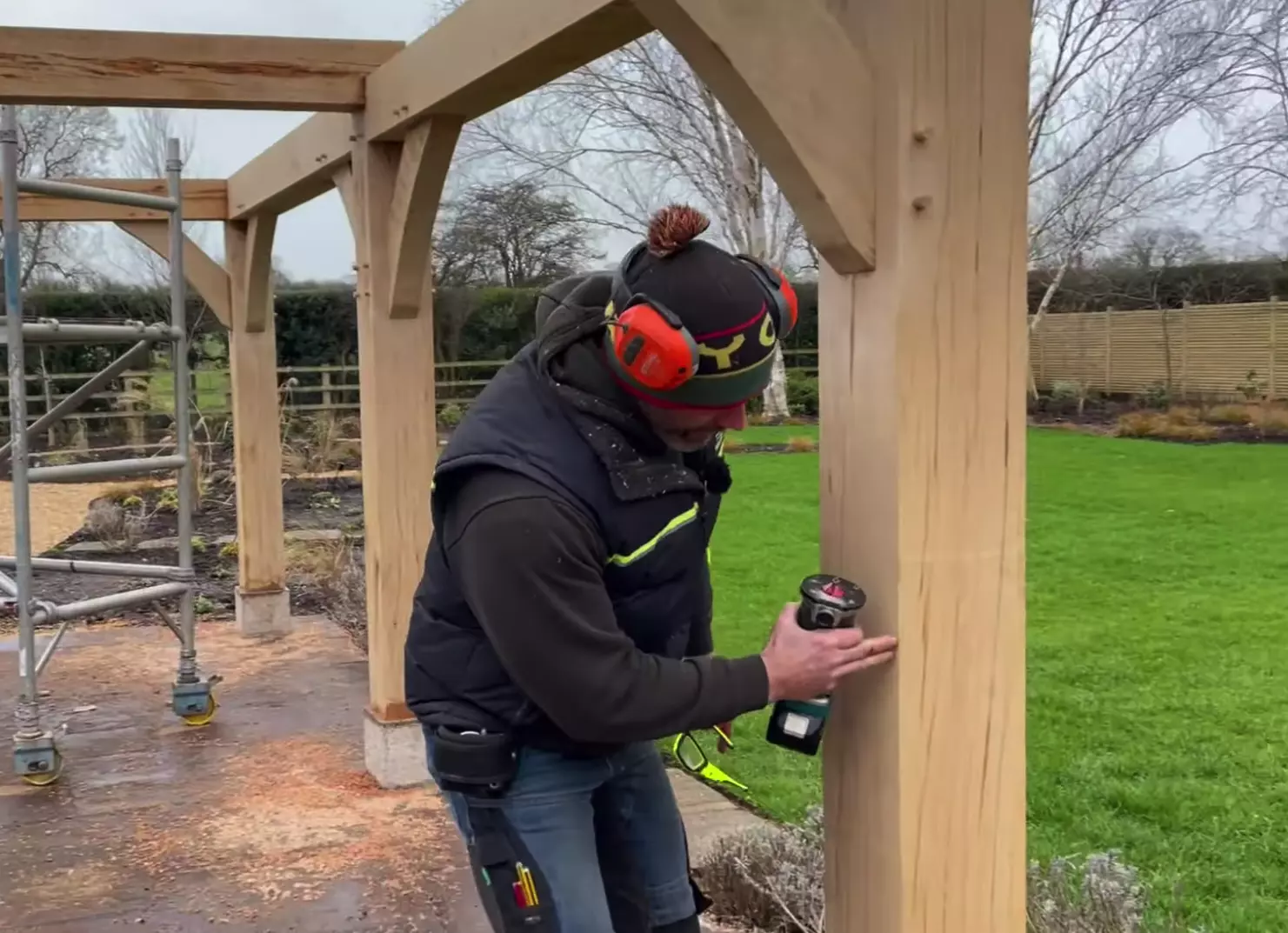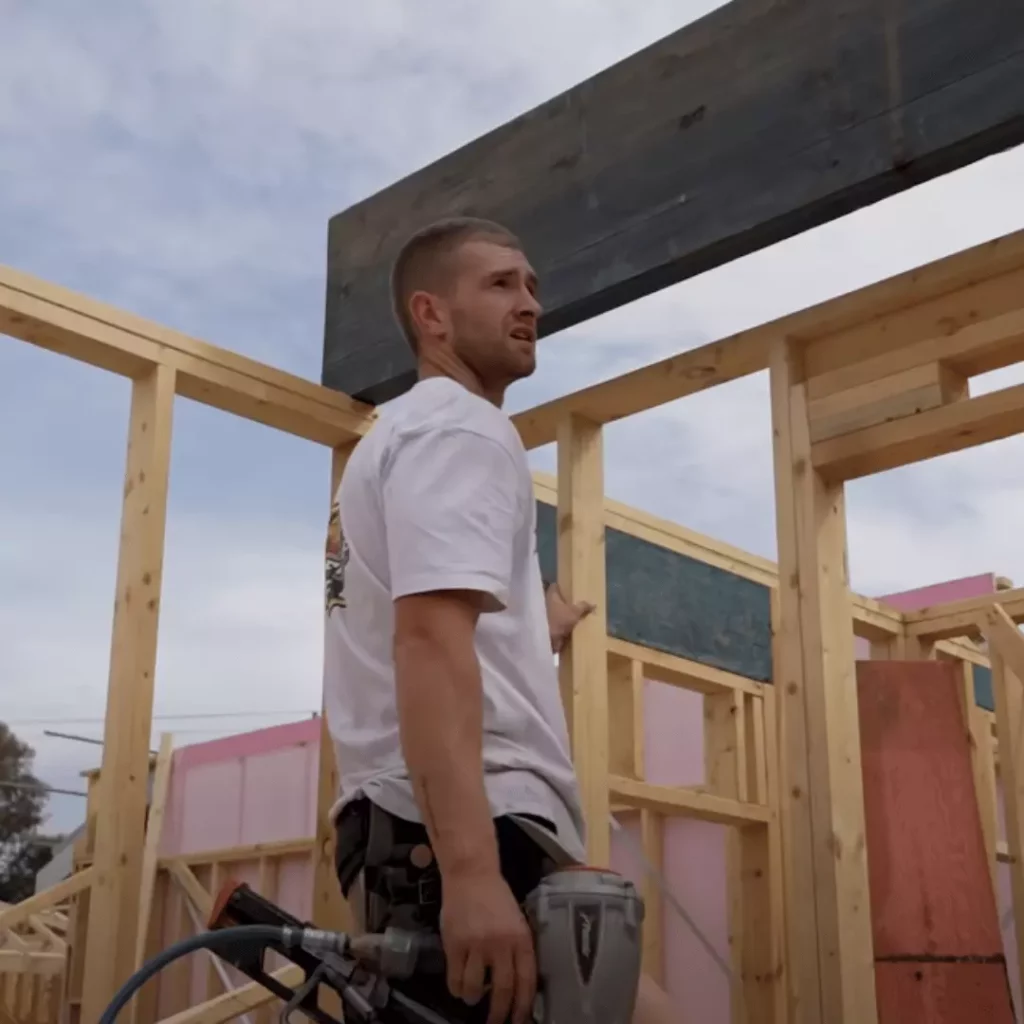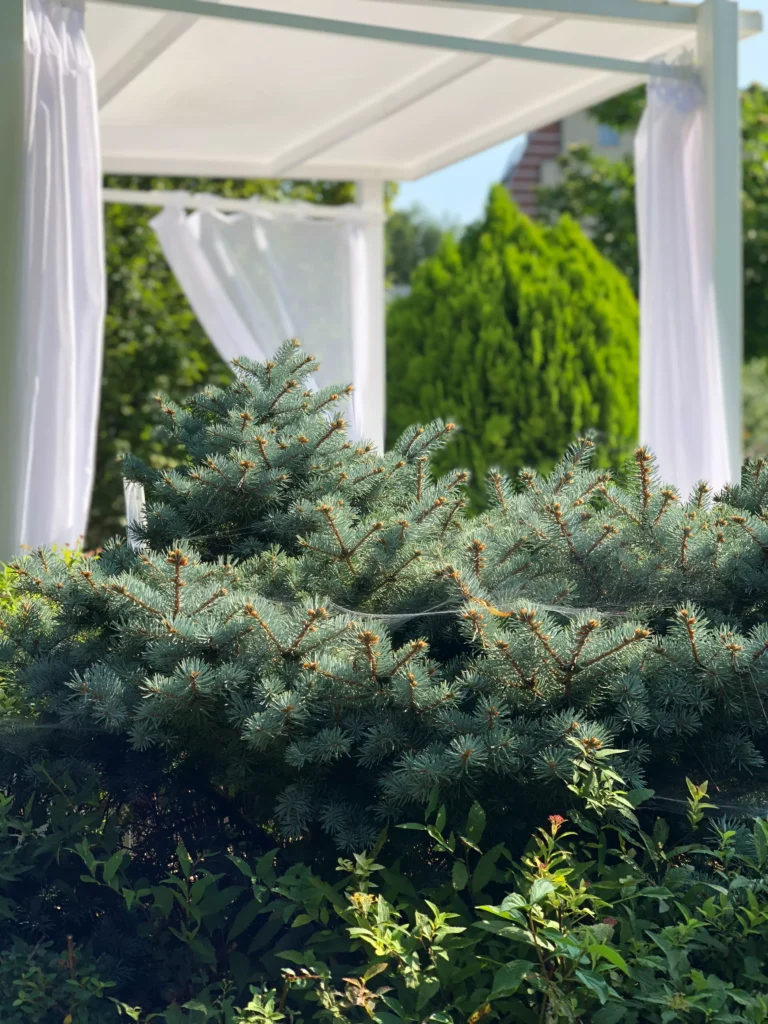If you plan on building a DIY gazebo having your post measurements right is the first step towards ensuring stable gazebo support. Most DIY enthusiasts ask us questions regarding gazebo posts, such as what gazebo post size they should use and what are gazebo spacing requirements to ensure your gazebo’s structural integrity.
Because the answer to these questions varies from one client to another, we decided to write this guide to help them narrow down on your research on gazebo post sizes you should use and the spacing between the posts by examining some of the factors you should consider, and how to determine the size of your gazebo post and spacing requirements.
What Size Should Gazebo Posts Be?
To adequately support your large-sized gazebo roof, frames, and any additional gazebo décor and functional parts, you will probably need to use 6×6 gazebo posts; for a small gazebo with less than 4-6ft of space between the gazebo posts, 4×4 gazebo posts will be able to support your gazebo roof, frame and any addition functional and décor parts and accessories – make sure the posts are rated for ground contact.

How Far Apart Should Posts Be For A Gazebo?
To determine your gazebo posts’ span, you must first determine the loads they will carry and the height of your gazebo posts.
In the table below, we have summarized the maximum spacing between beams (or beam to the ledger) for 4×4 and 6×6 gazebo posts; the figures are based on quality lumber; if you are using a lesser grade of materials, shorter spans are recommended; it’s essential to keep in mind that shortening the spans of your gazebo posts will result in a more stable gazebo.
| Gazebo Post Size | 4ft | 8ft | 10ft | 12ft | 16ft |
| 4×4 | 6’11” | 6’0” | 5”6” | 5’3” | 4’9” |
| 6×6 | 14’4” | 12’6” | 11’6” | 11’0” | 10’0” |
Factors to Consider When Choosing the Ideal Gazebo Post Size.
The purpose of gazebo posts is to ensure your gazebo is stable, durable, functional, and visually appealing. We will explore some factors to consider when choosing the right gazebo post size and their spacing requirements.
Size of Your Gazebo.
The size of your gazebo will determine the post’s sizes and the spacing between them; for larger gazebos, you will require thicker 6×6 gazebo posts which are sturdier compared to 4×4 gazebo posts, using 4×4 posts on a giant gazebo will result in twisting of the posts associated with 4×4 support posts.
The purpose of the gazebo determines the size of your gazebo; it’s essential to determine how you plan to use the gazebo, whether it’s for relaxation, events, entertainment, meditation, or other purposes; knowing the exact purpose of your gazebo use will help you narrow on the number of people that will be hosted in your gazebo at any given time, and this will help you determine the appropriate size of gazebo that you need.
Local Building Codes and Regulations.
You will need to buy posts depending on the factors determined by your local building codes; for example, how deep should your gazebo post be? The local building codes determine it; the depth should be beneath the frost line in your area. This will determine your gazebo posts’ heights.
We recommend familiarizing yourself with your local building codes and regulations before embarking on a DIY gazebo build to ensure compliance and safety during the construction of your gazebo.
Gazebo Materials Weight and Size.
The weight of the gazebo materials and size will determine the gazebo posts’ size and spacing, the material’s weight and size in this regard are the materials used on your gazebo roof and frames; you will also need to consider other additional materials, such as your gazebo walls, décor and add on functional parts.
When choosing your gazebo parts materials, we recommend purchasing materials suitable for your gazebo’s intended purpose; some factors to consider when choosing your gazebo parts are the ability to withstand the outdoor environment and load-bearing capacity.
We recommend choosing gazebo posts based on their load-bearing ratings, maintenance requirements, and aesthetics for your gazebo posts.
If you are using heavy and more durable materials such as metal in your gazebo build, including the roof and the walls, you will require heavy-duty 6×6 gazebo posts to support your gazebo; if you are using light materials such as wood or composite gazebo building materials, you can choose 4×4 and wide post spacing while maintaining your gazebo structural integrity.
Gazebo Style and Design.
The design of your gazebo parts will also determine the size and spacing of your gazebo posts; the design and style of your gazebo will affect the overall dimensions and load-bearing requirements of your gazebo post size and spacing, for example, more significant rectangular, square, octagonal, hexagonal, and elliptical gazebos will require more prominent posts and wider spacing.
The design of your gazebo, such as the roof and walls, can also affect the overall dimensions and load-bearing requirements of your gazebo posts size and spacing; for example, a double roofed gazebo and a gazebo with wall panels will require thick posts and small spans compared to a flat-roofed gazebo with open walls which can be supported by 4×4 gazebo posts in a broader span spacing.
Local Environmental Factors.
Local environmental factors can also affect the overall size and load-bearing requirements of your gazebo posts; for example, individually located in areas with high winds, high snow loads, and heavy rainfall will require thicker and more closely spaced gazebo posts compared with homeowners whose gazebo is located in an area not affected by the mentioned environmental factors.
Gazebo Post Span & Support.
We can classify the post span and support structure as the overall framing of your gazebo; your gazebo frame will affect the size and load-bearing requirements of your gazebo posts; these are the parts of your gazebo frame support, such as beams, cross braces, rafters, joists, cross braces, knee braces, plates, caps, footings, anchors, and anchors.
Depending on how you plan to use gazebo frame support parts, you can use thicker (6×6) close-spaced or thinner (4×4) wide-spaced gazebo posts. You can also consider using combined thicker (6×6) and wide-spaced or thinner (4×4) and closed-spaced gazebo posts, depending on the frame support structure of your gazebo frame.
Your gazebo posts and frame support structure engineering should work together to create a sturdy and reliable frame for your gazebo.




